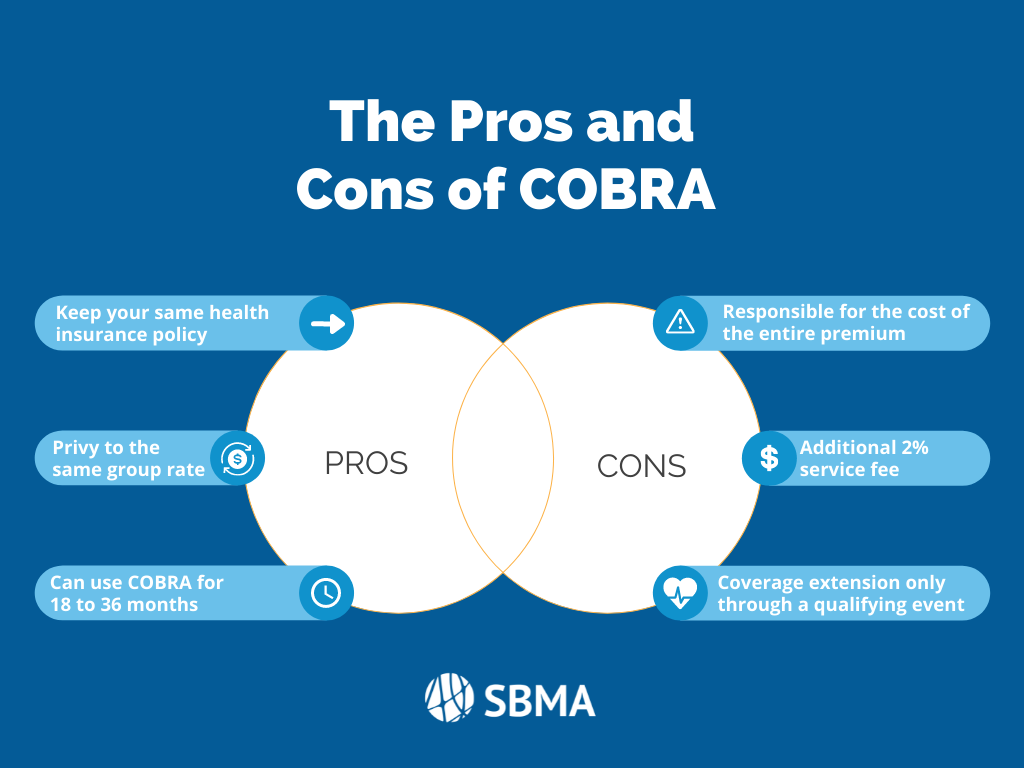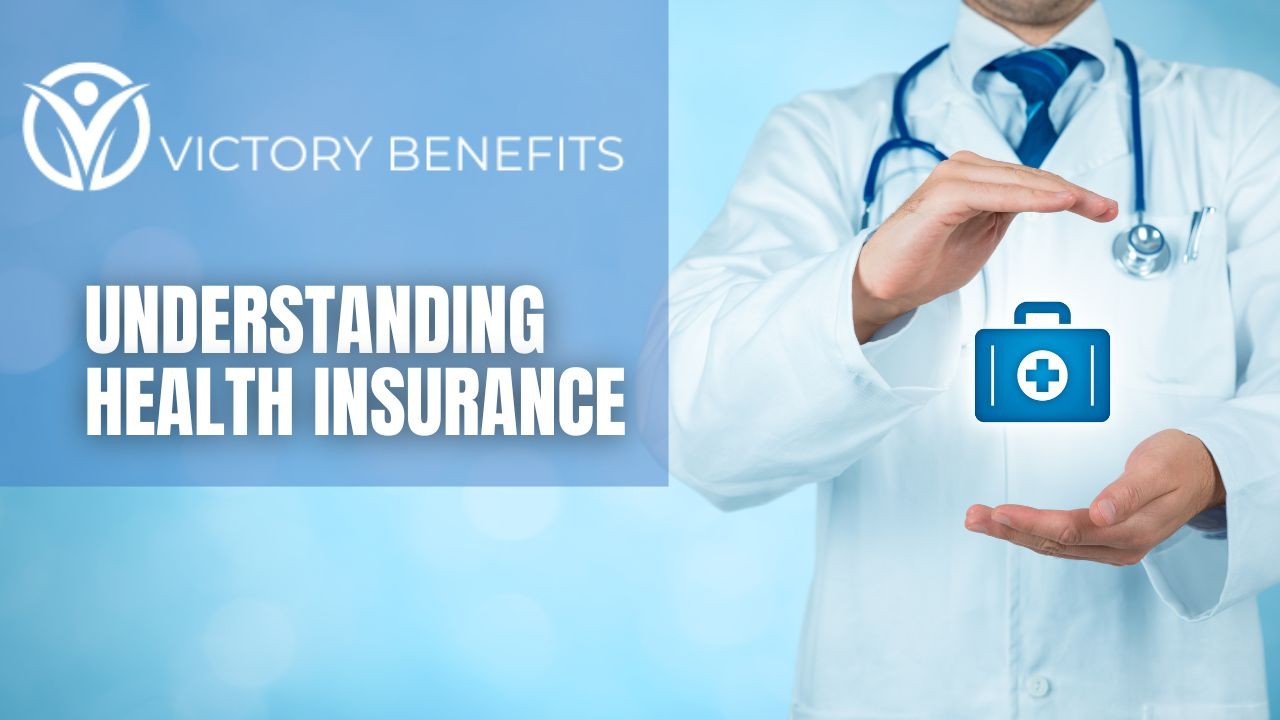Not known Facts About Medicare Advantage Agent
Not known Facts About Medicare Advantage Agent
Blog Article
Indicators on Medicare Advantage Agent You Need To Know
Table of ContentsThe 8-Minute Rule for Medicare Advantage AgentThe smart Trick of Medicare Advantage Agent That Nobody is DiscussingRumored Buzz on Medicare Advantage Agent

adheres to from puzzling the relatively young age profile of the uninsured with the far better wellness, usually, of more youthful persons. This obscures the web link in between health standing and wellness insurance. For those without access to office wellness insurance, poor health is a potential barrier to purchasing nongroup insurance coverage due to the fact that such coverage may be highly priced, leave out pre-existing problems, or be just inaccessible. The variety of uninsured Americans is not particularly huge and has not transformed in recent years. Seven out of ten respondents in a nationally representative study assumed that fewer Americans did not have medical insurance than in fact do(Fronstin, 1998). Roughly fifty percent(47 percent )thought that the variety of individuals without wellness insurance coverage reduced or stayed consistent over the last half of the last decade(Blendon et al., 1999). This decrease of practically 2 million in the number of individuals 'without insurance policy (a decrease
of around 4 percent)is definitely a positive adjustment. With a softer economic situation in 2000 the current reported gains in insurance policy protection might not continue(Fronstin, 2001 ). The decrease in the number of without insurance will not proceed if the economy continues to be sluggish and health care costs remain to surpass inflation. This is because the data were collected for a period of strong economic efficiency. Of the estimated 42 million people who were uninsured, all however concerning 420,000(concerning 1 percent)were under 65 years of age, the age at which most Americans come to be eligible for Medicare; 32 million were grownups between ages 18 and 65, around 19 percent of all grownups in this age; and 10 million were children under 18 years of age, concerning 13.9 percent of all youngsters (Mills, 2000). These price quotes of the variety of persons without insurance are produced from the yearly March Supplement to the Current Population Study (CPS), conducted by the Demographics Bureau. Unless otherwise noted, nationwide estimates of individuals without health and wellness insurance and percentages of the population with different sort of insurance coverage are based on the CPS, one of the most commonly made use of source of estimates of insurance policy coverage and uninsurance rates. These studies and the estimates they produce are defined briefly in Table B. 1 in Appendix B - Medicare Advantage Agent. These studies vary in dimension and sampling methods, the questions that are asked concerning insurance
Our Medicare Advantage Agent Diaries
coverage, and the moment duration over which insurance protection or uninsurance is measured(Lewis et al., 1998, Fronstin, 2000a ). Still, the CPS is particularly beneficial because it produces yearly estimates fairly swiftly, reporting the previous year's insurance policy protection approximates each September, and since it is the basis for a regular set of price quotes for even more than 20 years, allowing for evaluation of trends in protection gradually.

6 Easy Facts About Medicare Advantage Agent Shown
Over a three-year period beginning early in 1993, 72 million people, 29 percent of the U.S. populace, lacked insurance coverage for a minimum of one month. Within a solitary year(1994), 53 million individuals experienced a minimum of a month without insurance coverage(Bennefield, 1998a). Six out of every ten uninsured grownups are themselves used. Functioning does improve the likelihood that one and one's household members will have insurance policy, it is not an assurance. Even members of family members with 2 permanent breadwinner have almost a one-in-ten possibility of being without insurance (9.1 percent uninsured rate)(Hoffman and Pohl, 2000 ). The connection in between wellness insurance coverage and accessibility to care is well established, as recorded later in this phase. Although the relationship in between health and wellness insurance coverage and wellness results is neither straight neither straightforward, a considerable clinical and health and wellness solutions study literary works web links wellness insurance coverage
to better access to care, much better high quality, and improved individual and populace health standing. For instance, the 2nd record, on individual health and wellness outcomes for without insurance grownups, is represented by the inner circle of the number, while the 3rd record, on family members wellness, incorporates the subjects of the 2nd report however stresses a various system of evaluation, namely, the family. The sixth record in the collection will provide information regarding techniques and initiatives undertaken in Clicking Here your area, statewide, or nationally to attend to the lack of insurance policy and its adverse effects. Levels of evaluation for examining the results of uninsurance. This conversation of wellness insurance policy protection concentrates mainly on the U.S. population under age 65 since basically all Americans 65 and older have Medicare or various other public coverage.
Additionally, it concentrates especially on those with no wellness insurance for any kind of size of time. The problems faced by the underinsured remain in some respects similar to those faced by the without insurance, although they are usually less serious. Uninsurance and underinsurance, nevertheless, include distinctly various try this website plan concerns, and the methods for addressing them might differ. Throughout this research study and the 5 records to comply with, the major focus is on individuals without any medical insurance and therefore no help in spending for health care beyond what is offered via charity and safeguard organizations. Health insurance is an effective aspect influencing invoice of treatment since both clients and medical professionals reply to the out-of-pocket rate of services. Health insurance coverage, however, is neither required nor sufficient to gain accessibility to medical solutions. The independent and straight effect of health
insurance insurance policy on access to health health and wellness solutions well establishedDeveloped Others will certainly obtain the wellness treatment they need also without wellness insurance coverage, by paying for it expense or seeking it from companies that offer care free or at highly subsidized prices. For still others, medical insurance alone does not make certain receipt of treatment due to the fact that of other nonfinancial barriers, such as a lack of wellness care suppliers in their area, restricted accessibility to transport, illiteracy, or linguistic and social differences. Official research concerning without insurance populations in the USA dates to the late 1920s and early 1930s when the Board on the Price of Medical Treatment created a series of records about financing medical professional workplace brows through and hospital stays. This issue became salient as the numbers of medically indigent climbed up during the Great Depression. Empirical research studies continually sustain the link in between accessibility to care and enhanced health and wellness outcomes(Bindman et al., 1995; Starfield, 1995 ). Having a routine source of care can be taken into consideration a forecaster of accessibility, as opposed to a straight procedure of it, when health outcomes are themselves used as accessibility signs. This expansion of the concept of accessibility measurement was made by the IOM Committee on Keeping An Eye On Accessibility to Personal Healthcare Services(Millman, 1993, p. Whether parents are insured shows up to affect whether or not their children receive care as well as just how much careeven if the kids themselves have coverage(Hanson, 1998). The health and wellness of moms and dads can affect their capacity to look after their children and the degree of family stress and anxiety. Stressing about their youngsters's accessibility to care is itself a resource of tension for moms and dads. Three phases comply with in this record. Phase 2 offers an introduction of just how employment-based wellness insurance policy, public programs and specific insurance policies operate and engage to supply comprehensive yet insufficient insurance coverage of the united state population. This includes a review of historical fads and public plans affecting both public and private insurance policy, a discussion of the interactions amongst the different kinds of insurance, and an evaluation of why individuals move from one program to another or wind up

Report this page